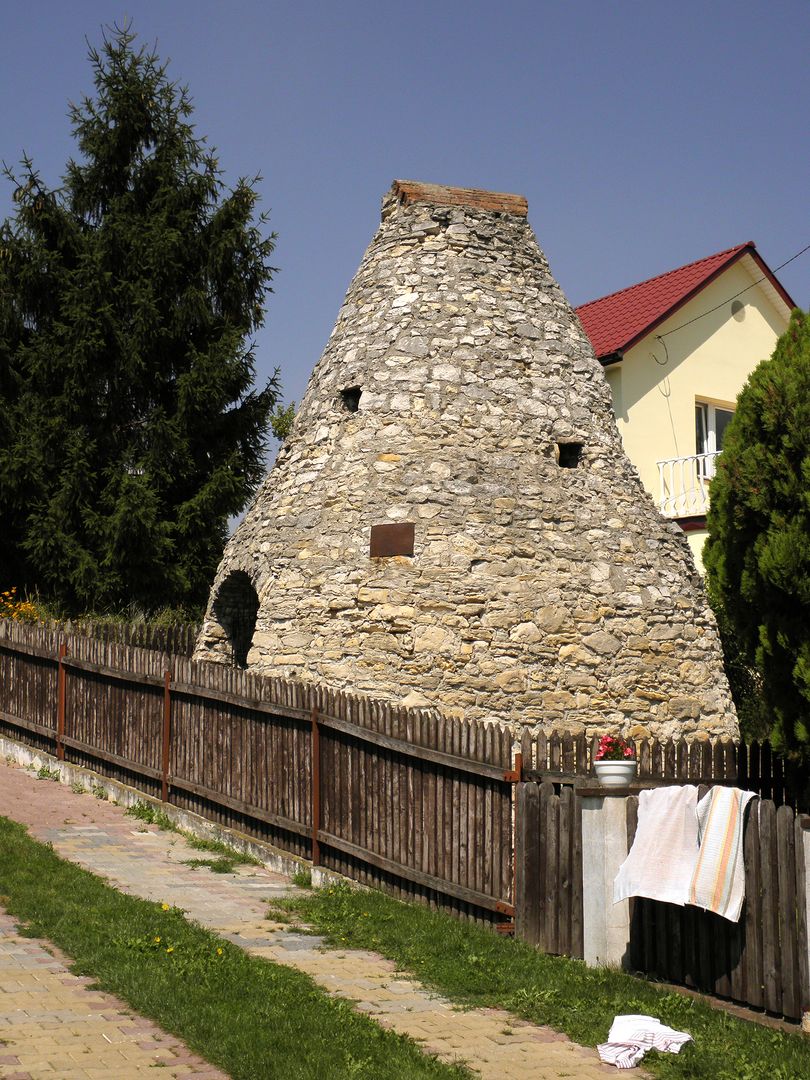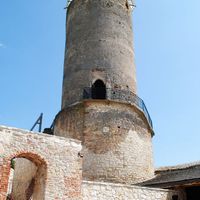Iłża
6.88

Overview
Located in the southern part of Masovia, Iłża is a town with a rich history dating back to the early Middle Ages. During the era of the Kraków bishops, it served as an administrative center, home to a bishop's castle on Castle Hill, which dates back to around 1340. The castle, later transformed into a Renaissance residence, features numerous architectural elements such as defensive walls, pillars of the entrance bridge, and well-preserved towers from the 13th and 14th centuries. Iłża is also home to the Parish Church of the Assumption of the Blessed Virgin Mary, whose history traces back to 1326, characterized by its early Baroque altars and marble portals. Another significant monument is the Church of the Holy Spirit from 1448, which has undergone renovations after numerous damages. The town hosts a Regional Museum that preserves local traditions, including pottery craftsmanship, which flourished during its golden age in the 15th century. After the Swedish Deluge and invasions in the 17th century, the town declined in importance, with numerous wars and destruction leading to a decrease in population. During World War II, Iłża suffered immense demographic losses, including the destruction of the Jewish ghetto. Modern-day Iłża is also a venue for various cultural events, such as the Leśmian Days. The town boasts rich folk traditions and is known for the practice of *barabanienie*, performed by Easter fathers. Transportation in Iłża is facilitated by local roads and a narrow-gauge railway, making it accessible to tourists. In recent years, the town has been striving to attract visitors both for its historical monuments and local cultural events, thereby promoting its historical heritage.
Location
You can also find here:
2025 Wizytor | All Rights Reserved
